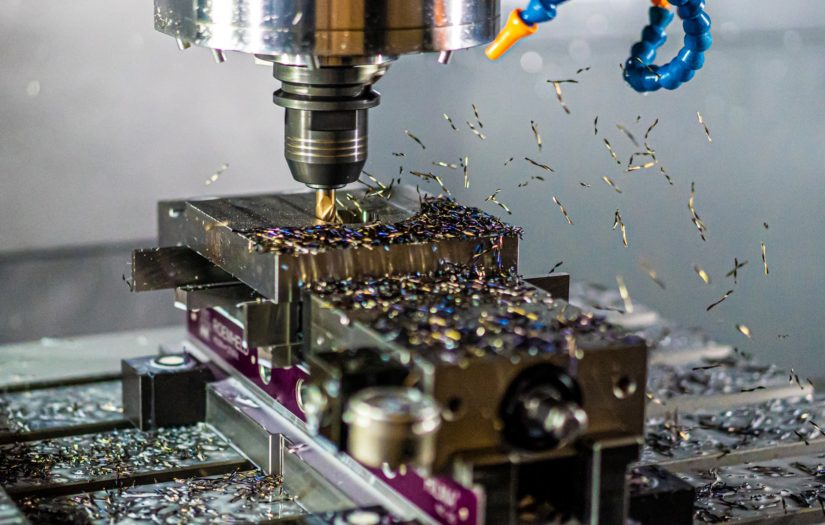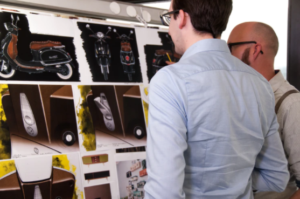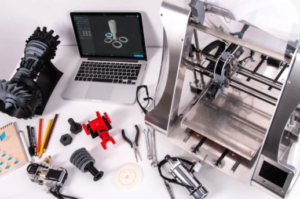Rapid Prototyping in the Manufacturing Industry

Innovation has revolutionized the way brands and businesses operate in this technological age. You must be a proponent of digital innovation if you want to succeed in business. Your internal ventures must be scaled, and you should offer advanced machining parts and services for your customers. Startups are no longer the experts in modern technology implementation. Established businesses are adopting new methods in software development and design, such as prototyping. The established companies are also adapting the startup process to their corporate structures. We believe they will take advantage of the startups’ untapped digital opportunities, such as rapid prototyping, material and process design, technologies, and the rapid development and launch of innovative products to accelerate innovation.
What Is Rapid Prototyping?
 The process of prototyping allows you to validate the possibility that the product can solve the problem. Prototypes are actual enough that potential users can interact and provide feedback. If the input from the user is pessimistic about the prototype, it saves the company considerable time and money. This is because the product or service won’t work in reality. On the other side, positive feedback shows that the product idea is correct and can aid in product development. Rapid, on the other side, refers to the speed at which the prototype can produce. It also refers to how fast feedback can be collected, analyzed, and subsequently, how quickly iterations can proceed. Teams must find a way to balance creating prototypes that look real and allowing users to give feedback.
The process of prototyping allows you to validate the possibility that the product can solve the problem. Prototypes are actual enough that potential users can interact and provide feedback. If the input from the user is pessimistic about the prototype, it saves the company considerable time and money. This is because the product or service won’t work in reality. On the other side, positive feedback shows that the product idea is correct and can aid in product development. Rapid, on the other side, refers to the speed at which the prototype can produce. It also refers to how fast feedback can be collected, analyzed, and subsequently, how quickly iterations can proceed. Teams must find a way to balance creating prototypes that look real and allowing users to give feedback.
Benefits of Prototyping on Machining
 Machine machining includes CNC and manual mills, lathes, and electrical discharge machining (EDM). These processes start with blocks, bars, or rods made of metal or plastic. They are then shaped by removing material by cutting, boring drilling, drilling, and grinding. Although CNC machines can also be used with CAD models, an intermediate step generates and validates toolpaths. This step can be tedious and require expertise. CNC machining is a highly accurate and repeatable method of producing parts from a wide range of metals and plastics. These processes are more restricted than 3D printing.
Machine machining includes CNC and manual mills, lathes, and electrical discharge machining (EDM). These processes start with blocks, bars, or rods made of metal or plastic. They are then shaped by removing material by cutting, boring drilling, drilling, and grinding. Although CNC machines can also be used with CAD models, an intermediate step generates and validates toolpaths. This step can be tedious and require expertise. CNC machining is a highly accurate and repeatable method of producing parts from a wide range of metals and plastics. These processes are more restricted than 3D printing.
While primary CNC machines can be purchased for as low as a few thousand dollars with the right accessories and capabilities, more sophisticated machines can easily cost six figures. All CNC machines require skilled operators, but the difficulty of making a prototype part using a CNC mill or lathe will depend on the equipment, the part geometry, and the material used. Many companies outsource machining tasks to reduce lead time and increase the cost.

